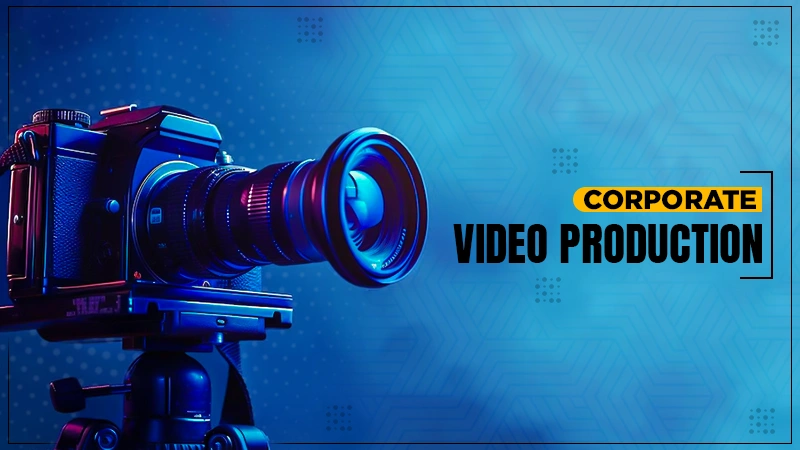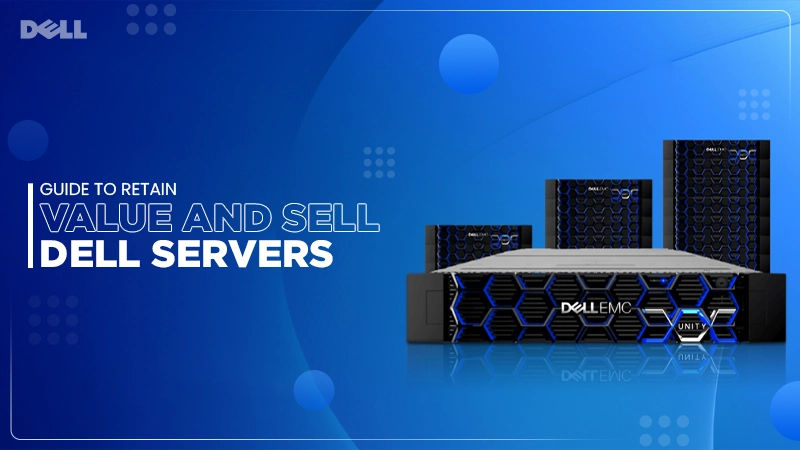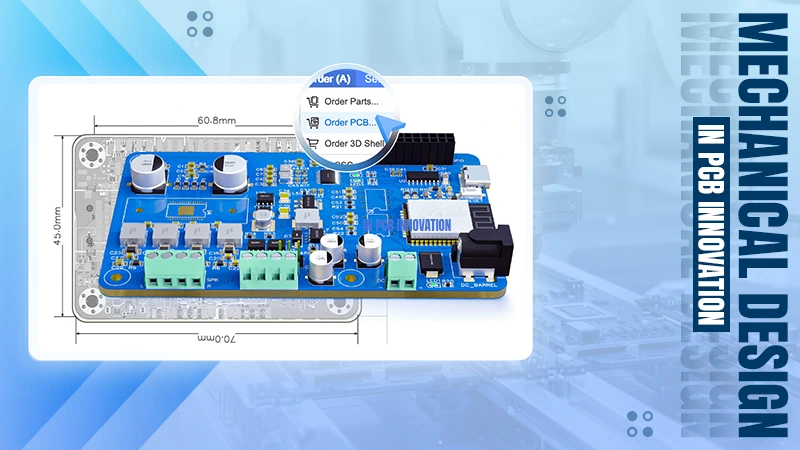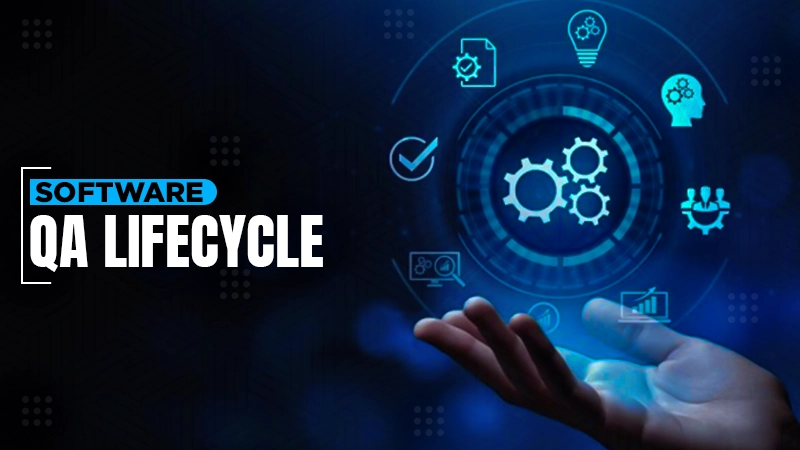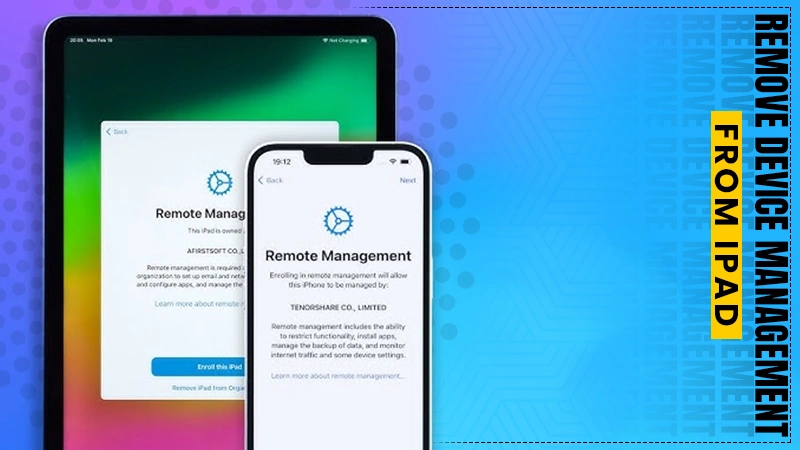The Advantages of Switching Power Supplies Over Linear Power Supplies
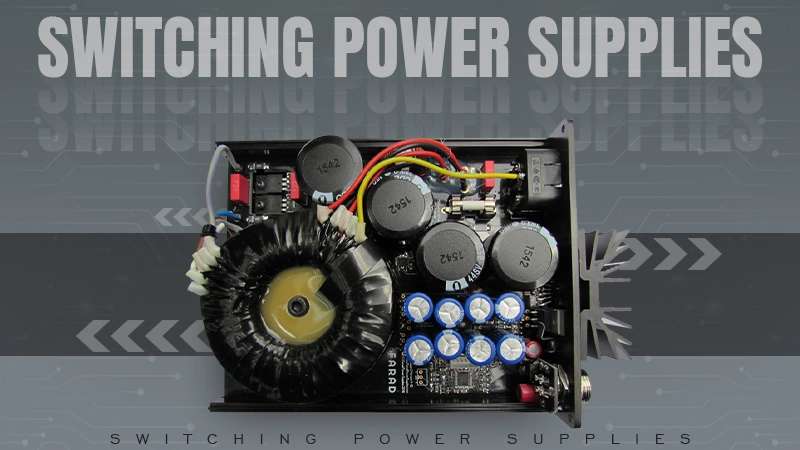
You know, literally, every appliance or device we use today cannot run without electricity. Some work on alternating current, some work on direct connection, and each of them has its own power needs.
As they each have different needs, you need to pick the right kind of power supply for these devices to work properly.
And for power supply, you have basically two options: switching and linear power supply.
In this blog post, we will learn everything there is to know about power supplies and why switching power supplies is better than using a linear one.
What is a Power Supply?
It is a device we use to power up our computer devices. It is basically a piece of hardware that converts alternating current to direct current.
This means that a power supply is an electrical unit that is used to supply power and convert one form of energy into another in your desired output for all your electronic equipment.
This helps to make sure that the devices run smoothly and are great from a security standpoint.
DID YOU KNOW?
Power supply ratings refer to the specifications of a PSU, such as its maximum power output, power efficiency, and safety. The maximum power output is measured in wattage/watts (W) and indicates the amount of power that the PSU can provide to the computer components.
What are Linear Power Supplies?
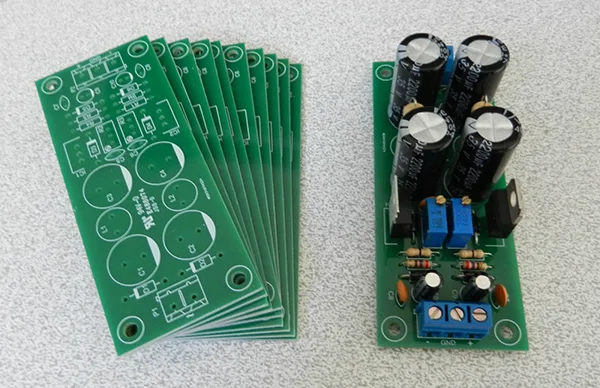
It is one of the oldest kinds of power supply systems. It is a device that converts alternating current (AC) to direct current (DC) using a transformer, rectifier, smoothing capacitor, and voltage regulator (IC).
A linear power supply basically works by reducing the voltage of the principal to prevent them when used with a resistor. This input voltage is dialed down to give the device a constant output.
Features of Linear Power Supplies
Linear power supplies are good at regulating voltage, but that’s not all they are capable of. Here are the features of linear power supplies:
1. It is Pretty Good at Voltage Regulation
Linear supplies are good at controlling the amount of electricity your device needs. It can even manage power at a microvolt level.
2. They are Heavy and Durable
These supplies are good at reducing noise and ripple when supplied with low- and high-frequency current.
3. They Can Help Devices Maintain a Steady Voltage
Linear power supplies can convert any frequency of alternating current to direct. This means that your device will get a constant single-frequency current the whole time.
What are Switching Power Supplies?
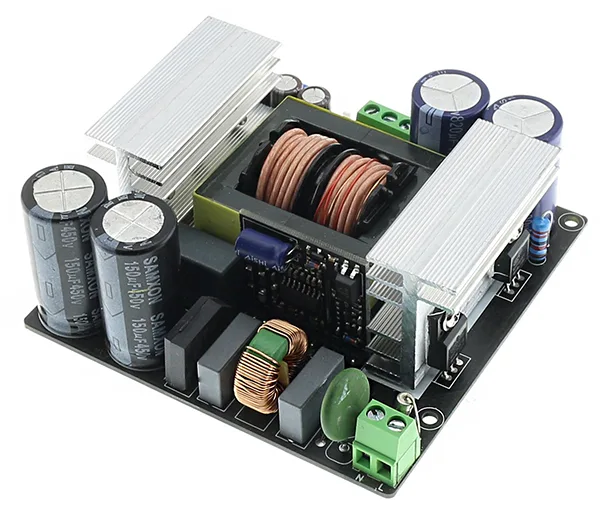
A switching power supply, or switch mode power supply (SMPS), is a modern version of the linear power supply.
The SMPS power supply pretty much uses electronic switches, which interrupt the input power as many as thousands of times per second and then filter or alternately combine it and calibrate it for output.
So, what are the features of a switching power supply?
- Simplistic Design: Less complex than the different components and designs involved.
- High Efficiency: They can be more efficient in their electricity consumption, which means that they consume less power and produce the least heat.
- Different Output: They can be made to produce varying types of output voltages and currents.
Advantages of Switching Power Supplies
Here are some of the advantages of using switching power over a linear power supply:
1. Higher Efficiency
As SMPSs are more complex than linear ones, they are more efficient in handling electricity, and they can be 60–95% better than linear ones.
2. Compact Designs
Switching power supplies are pretty small as compared to the linear supply. This makes it the best for custom and flexible circuit designs.
3. Low Thermal Stress
The switching element in this power supply helps reduce the amount of heat. This means the power used is also a lot less.
4. Stable Power Supply
It is one of the most convenient options for getting a high and stable power supply.
So, why exactly is switching power supplies so important?
- Universal: Switching power supplies are able to be used across the globe without additional voltage conversion equipment.
- Functionality: The broad input range of these power supplies allows them to function across a wider spectrum.
- Better All-Weather Performance: The device is designed to work under changing conditions, switching power supplies.
SMPS are able to stably output a voltage even if the input of the power supply changes or the load changes. This flexibility makes it ideal for changing environments where they need to adjust power requirements as needed.
Pros that Come with a Constant Performance:
Switching power supplies are made to provide constant power for your systems. Here are some of the pros that come with constant performance:
- Operation Stability: A stable output power is easier to control and operate over the range of input voltages or loads on which electronics work accurately and securely.
- Less external regulation required: Since the switching power supply works across a broad range of conditions, additional voltage regulation components are less necessary.
- Less Heat Dissipation: One last thing to note is that switching power supplies is more efficient and produces less heat than linear power supplies. Temperature is a key issue in electronic design, as too much heat
- Impact of Reduced Heat: Where it is cooler, the temperature of electronic components measured may also be lower, which helps extend their lifetime as thermal stress decreases.
- Increase in Safety: As there will be less heat generation, it reduces overheating, which can avoid any potential risk arising due to design.
- Better Output Regulation: The output regulation of switching power supplies is usually better than that for linear power supplies. They will automatically adapt to changes in the load or input voltage, ensuring stable output.
But what are the advantages of having good output regulation?
- Better Performance: More stable output enhances the performance and dependability of electronics, particularly when voltage fluctuation is an issue.
- Less Interference: Better quality regulation means less electrical noise and interference, which is very important for applications where precision matters.
Linear Power Supplies for… When?
Even though switching power supplies is known to have many more advantages, there are still cases where a linear power supply is a better choice.
For example, it can be used in devices where electrical noise is a huge issue, like in high-fidelity audio equipment. The linear power supplies would be better used because they have the lowest electrical noise.

The power supply market was valued at US$ 33.96 billion in 2022, and from 2023 to 2029, total revenue is anticipated to increase at a compound annual growth rate of 4.73%, reaching nearly US$ 46.93 billion.
Conclusion
When you’re picking a power supply for your system, switching power supplies has many advantages over linear ones. They are more power-efficient, lightweight, and can work with a wide range of input voltage settings.
And that’s not all.
SMPS can work great even when the working conditions of the design vary between a high-load magnitude range and low-load or light loads.
All this makes switching power supplies the go-to option in modern electronics, where efficiency, space, and performance matter most.
But the ideal one is always a matter of application and depending on your needs, you may want to make that switch from switching or linear power supplies.
Also Read: How Omnichannel Strategies Enhance CEM


